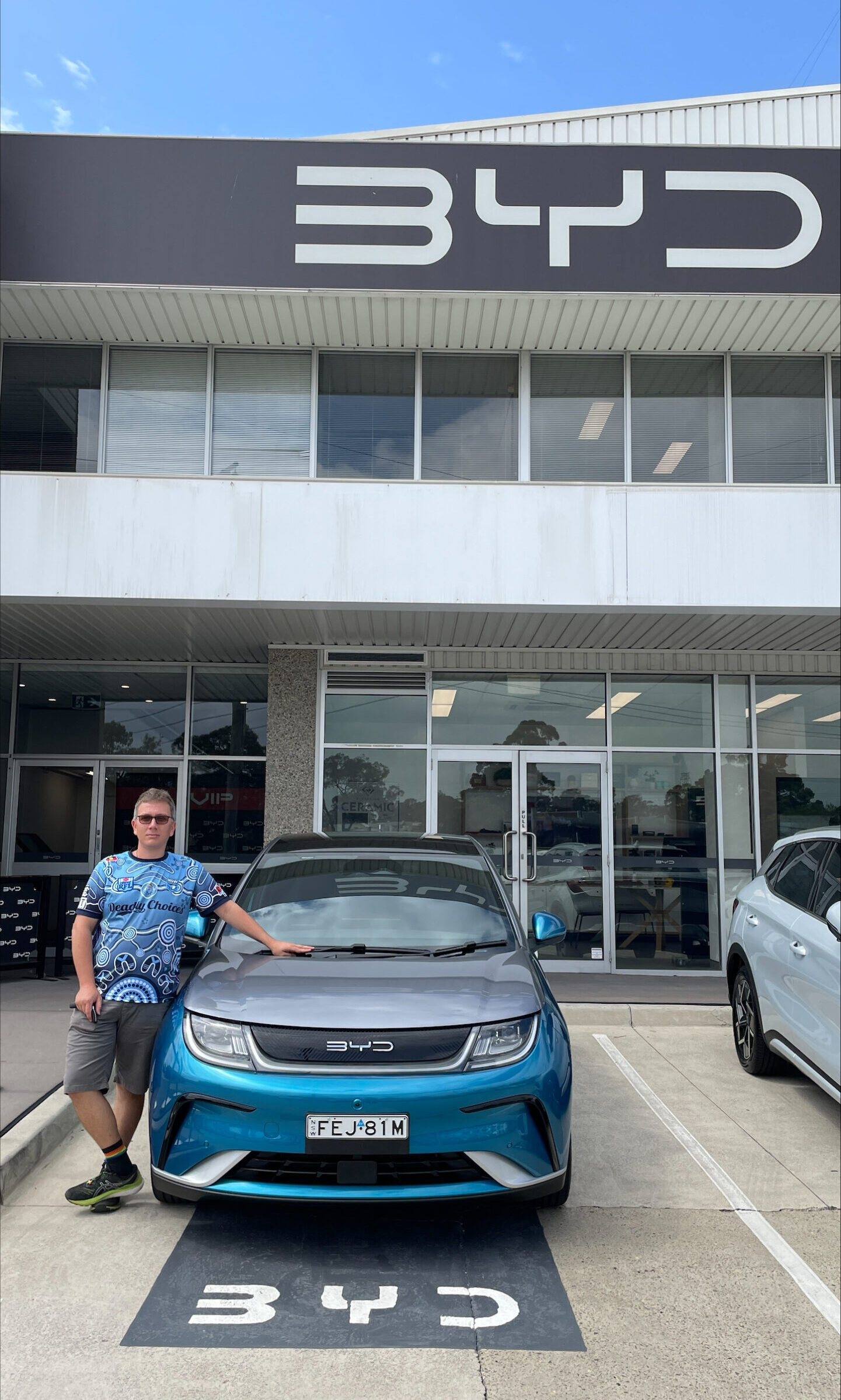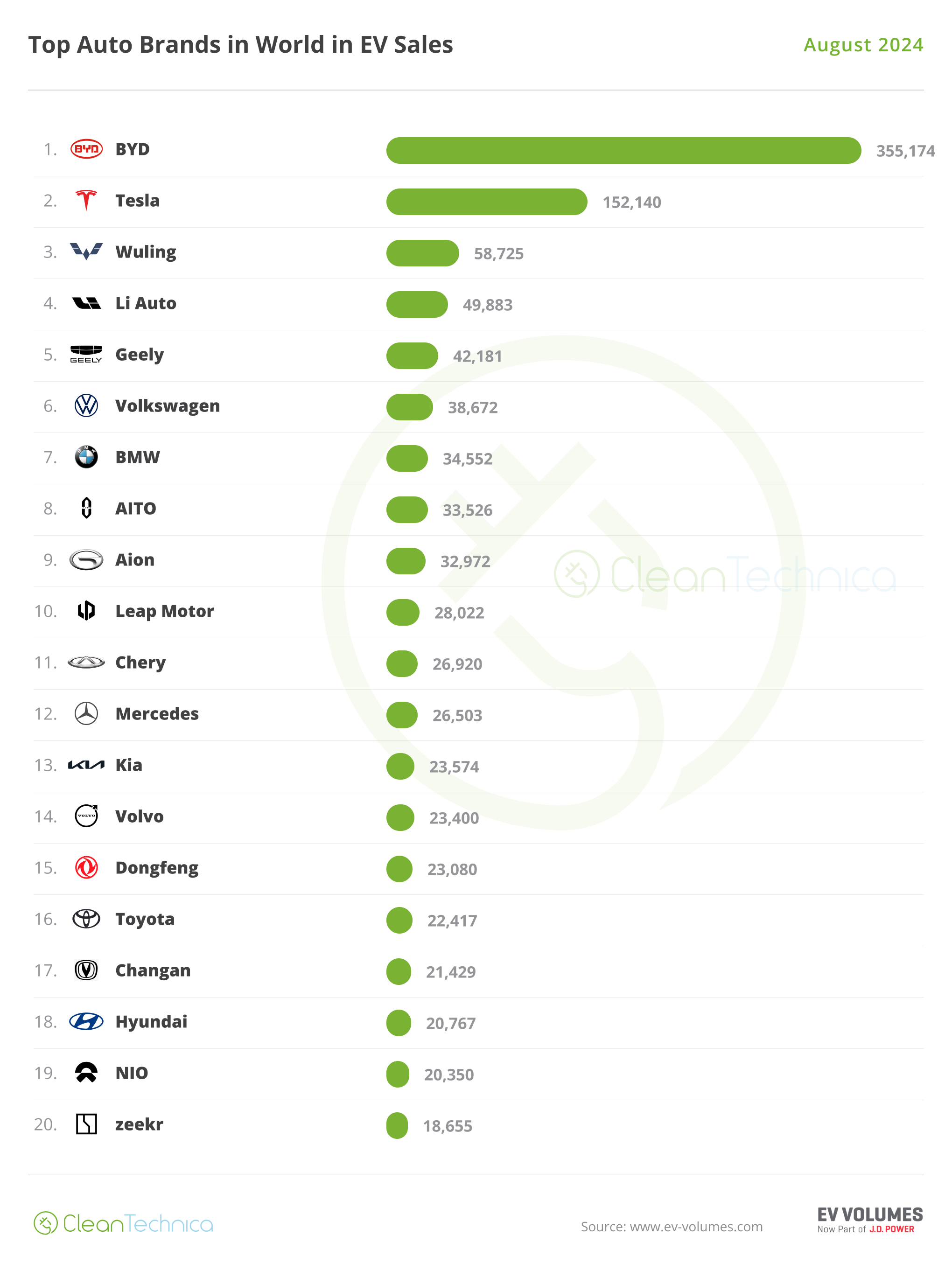Sign up for daily news updates from CleanTechnica on email. Or follow us on Google News!
People are starting to notice something strange about Texas. The state has deep, persistent roots in the oil and gas business, but now Texas is cranking out a leading role in wind and solar power generation, too. So far the productivity has remained within state lines, but the 2022 Inflation Reduction Act is enabling in-state manufacturers to share the renewable energy love with the rest of the US.
Texas Wants (And Needs) Renewable Energy
Texas has copious wind and solar resources, but so far it has not been inclined to share with the rest of the US. That makes Texas an outlier. Interstate electricity sharing is a feature among most US states, because the national grid is organized into several regions under federal regulation. In contrast, the Texas grid is almost completely cut off from its neighbors, the result of a 20th century decision by state policy makers determined to avoid federal oversight.
On the down side, Texas energy planners can’t rely on input from other states to reduce the risk of blackouts. There have been plenty of examples of that over the years. In terms of renewable energy, though, there is a bright side. When market-ready wind and solar technology began to emerge in the early 21st century, Texas grid managers, legislators and policy makers eagerly pounced on these new sources of in-state power generation (see more Texas wind and solar background here).
Unfortunately, the political winds in Texas shifted after former President Trump took office in 2020. Republican public officials have made a habit of casting the stinkeye on green investing since then. Still, the ongoing blast of partisan rhetoric over “woke capitalism” is more a matter of attracting base voters than actually doing something to make the state less attractive to renewable energy investors. Renewable energy is baked into the Texas economy and it will be difficult if not impossible to pry it loose.
There’s More Than One Way To Share Renewable Energy
The prospects for hooking up wind and solar power plants in Texas to the US regional grid system in any meaningful way are also pretty dim. However, there are other opportunities to share the renewable energy bounty. For example, green investors have been taking advantage of Texas’s business-friendly environment to throw tens of millions of dollars into solar manufacturing ventures, with the intention of shipping light-harvesting devices out all over the country.
The solar factory angle is a significant one because the US solar industry all but died out in the late 20th century, having succumbed to competition from overseas manufacturers. Things began to move along after the Obama administration stimulated some activity through the Energy Department’s newly established Loan Programs Office. Despite the notorious Solyndra crash-and-burn, the overall program was a success. However, progress was slow until the 2022 Inflation Reduction Act kicked in.
CleanTechnica took note of the fresh burst of the activity last September. At the time, the US Department of Energy only recorded 14 solar manufacturers in Texas, mainly dedicated to fabricating racks and other accessories. One solar module manufacturer, Mission Solar, credited the Inflation Reduction Act with motivating it to expand its existing San Antonio factory to 1 gigawatt, up from just 300 megawatts. In addition, last fall the Indian firm Waaree Energies (an offshoot of Waaree Group) released plans to build a 5-megawatt solar module plant in Brookshire. The US photovoltaic manufacturer SEG Solar also announced its intention to set up shop in Texas with an assist from the IRA.
SEG did not let the renewable energy grass grow under its feet. On August 9 the company announced the official start of operations at its new $60 million, 250,000 square f00t solar module production facility in Houston, aimed at fabricating high-performing 585-watt Ukon N-type solar modules at the rate of 2 gigawatts per year.
SEG states that the new factory makes it among the first US manufacturers to produce solar modules domestically. “As a leading U.S. solar company, SEG is proud to be among the first to respond to the call for domestic manufacturing by constructing a solar module factory in the U.S.” emphasized Wood.
“With the opening of the Houston plant, customers will benefit from faster delivery times and enhanced after-sales service, while the convenient location will significantly reduce transportation costs, boosting SEG’s competitiveness and maintaining its industry-leading position,” the company explained in a press statement earlier this year.
A Renewable Energy Love Letter From Texas To The US
That’s just for starters. SEG also expects the factory will to serve as a platform for its forthcoming global R&D center. “Looking ahead, SEG will continue to deepen its investments in wafers, cells, and modules, closely tracking market trends to meet our customers’ needs,” Wood explained.
Signs of more activity to come also surfaced on the investor side on August 7, when the international banking group Standard Chartered announced a six-year green loan of $235 million to support the construction of a new 1.35 million square foot, 5-gigawatt solar panel factory in Wilmer, Texas for the leading Chinese manufacturer Trinasolar.
Standard Chartered notes that the Trinasolar plant will be one of the first solar panel factories in the US to acquire financing under a non-recourse model. Loosely speaking, non-recourse loans indicate the lender’s confidence that the borrower will not default.
“This project helps improve the country’s renewable energy mix and transition to cleaner energy,” Standard Charter also emphasized, perhaps unaware that Republican lawmakers in Texas have been working assiduously to obstruct renewable energy investment and delay the energy transition.
As if to twist the knife a bit deeper, Standard Chartered also drew attention to its role as Green Loan Coordinator for the transaction. Green loans enable the borrower and lender to claim environmental benefits from the transaction. The World Bank advises that green loans should ascribe to the voluntary international standards set forth in the Green Loan Principles established by the international Loan Market Association, with the aim of accelerating and supporting “environmentally sustainable” projects.
Sridhar Nagarajan of Standard Chartered also used the occasion of the announcement to draw attention to his firm’s net zero mission, which is pretty much the opposite of what Republican lawmakers in Texas are striving for. “Trinasolar is a longstanding client, and we are delighted to assist them again in this new green project financing,” he said.
Trinasolar Group CFO Jerry Sen Wu drew attention to the sustainability angle, too, emphasizing that environmental protection is a “core aspect of our corporate social responsibility.”
Haven’t these guys been listening? “Corporate social responsibility” is a different way of expressing the very ESG (environment, social, governance) principles adopted by corporations and financial institutions, which Republican public officials in Texas and two dozen or so other states have been railing against.
So, there’s that. Meanwhile, if Texas ever does increase its interstate transmission lines, it will most likely be to give as well as get. Earlier this summer word dropped that the long distance transmission firm Pattern Energy is considering a new project to shunt wind energy from Texas to Mississippi and Louisiana.
Follow me via LinkTree, or @tinamcasey on Threads, LinkedIn, and Instagram.
Photo (cropped): This new solar module factory in Houston is yet another demonstration that renewable energy stakeholders in Texas are determined to bring more clean power to the rest of the US, one way or another (courtesy of SEG Solar).
Have a tip for CleanTechnica? Want to advertise? Want to suggest a guest for our CleanTech Talk podcast? Contact us here.
Latest CleanTechnica.TV Videos
CleanTechnica uses affiliate links. See our policy here.
CleanTechnica’s Comment Policy




